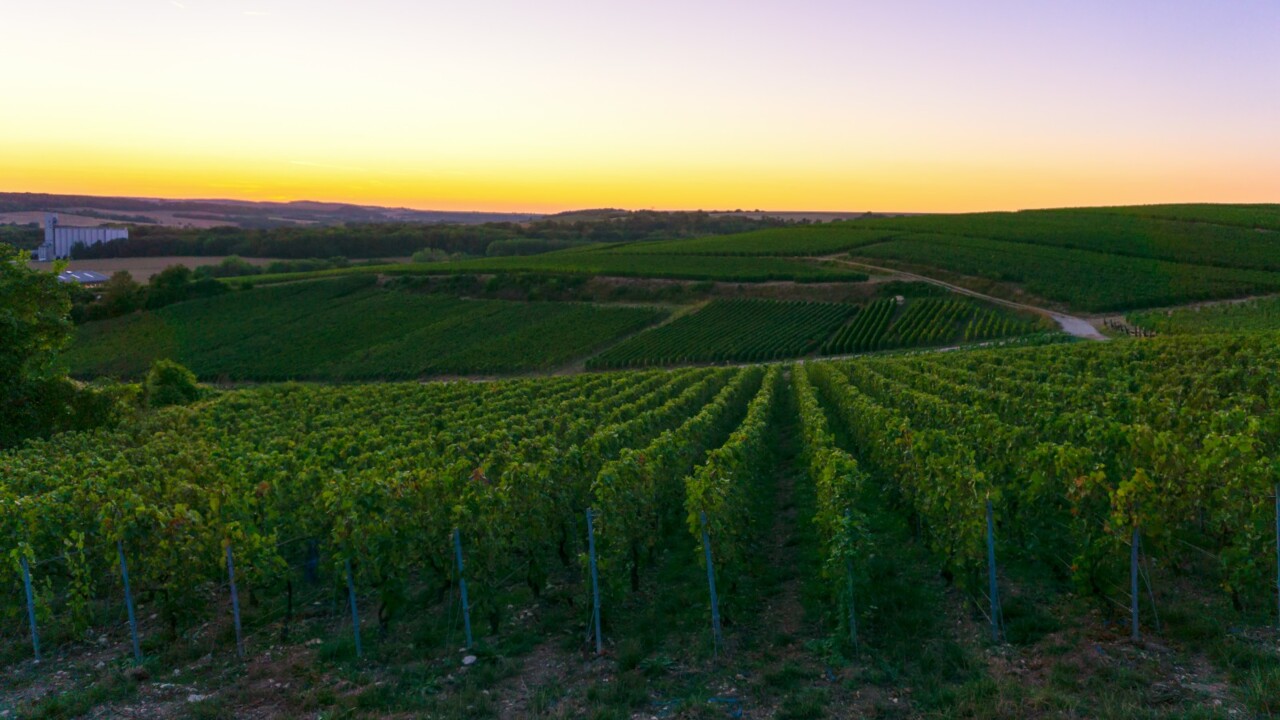Planting boom in the lower Murray sparks water concerns
New data shows one horticulture crop in the lower Murray has increased in size by 20 per cent in three years.

Four horticultural industries in the lower Murray are growing fast, new data shows, and industry groups warn “there’s only so much water to go around”.
The data, released by Mildura-Based mapping agency Sunrise Mapping last week, shows total almond plantings in the lower Murray have increased by about 7000ha since 2018 to a total of about 34,000ha, a bigger jump than the combined growth of the four next-largest horticultural groups.
Almond Board of Australia chief executive Tim Jackson said almond industry growth was driven by 10 years of “unprecedented high returns” and increasing demand for almonds in plant-based and gluten-free alternative products.
“Almonds have gone from being a cookie ingredient to being the nut for all occasions, and demand is still growing,” he said.
But concerns about the availability of water combined with several months of price volatility could slow the industry’s growth, Mr Jackson said.

In addition to almonds, the table grape, citrus and wine grapes industries have all increased plantings, adding to water demand.
Since 2018, table grape plantings have expanded by about 2000ha to almost 13,000ha, citrus crops expanded by 2000ha to 8000ha, and wine grapes expanded by about 1000ha to 16,000ha.
According to data provided by industry groups, almonds require 12.5 megalitres of water per hectare a year on average, which produces 3.4 tonnes of almond kernels and 8.7 tonnes of hulls and shells used for biofuel and animal feed.
Rice requires the next most water, at 9.9-12.2ML/ha to produce 10 paddy tonnes of rice, followed by table grapes and citrus, at 9-10ML/ha and 8-10ML/ha respectively.
Citrus Australia chief executive Nathan Hancock said he was concerned about what increased plantings would mean for future water availability.
“Citrus Australia holds concerns for water security in citrus crops in the lower Murray and has joined calls for a review of government ability in each state to meet the demand,” he said.
“We have permanent plantings that need secure water and we need to know that it’s deliverable.”
His views were echoed by Australian Table Grapes Association chief executive Jeff Scott.
“There’s only so much water to go around. They’re not issuing any new licences, so (new greenfield developments have) got to buy from someone else,” he said.
“There’s going to be competition for water. And the competition will increase prices.”

While the risk of a water shortfall this year was low, due to the large volumes of water flowing through the Murray Darling system, there was an increasing risk of shortfall in future dry years, Mr Jackson said.
“Our main concern at the moment is around the water availability in times of drought through the Barmah Choke (upstream of the new developments),” Mr Jackson said.
The organisation was advocating for infrastructure to either divert water around the choke or increase flows through the choke to guarantee supply for growers in the lower Murray in dry years, he said.
A spokeswoman for the Murray Darling Basin Authority in a statement said the organisation was developing “a range of possible options” to deal with the sediment that has built up in the Barmah Choke “to help reinstate the capacity of the choke in the future”.
But she said there were no plans to remove restrictions on water trade through the choke that had been in place since 2014, even during periods of peak demand.
These restrictions meant the majority of growers in the Sunraysia region sourced their water from the Murrumbidgee and Goulburn rivers.
There was “the possibility of a delivery shortfall to crops in the Sunraysia region” during peak demand, but the MDBA has “always actively managed” the risk, the spokeswoman said.





